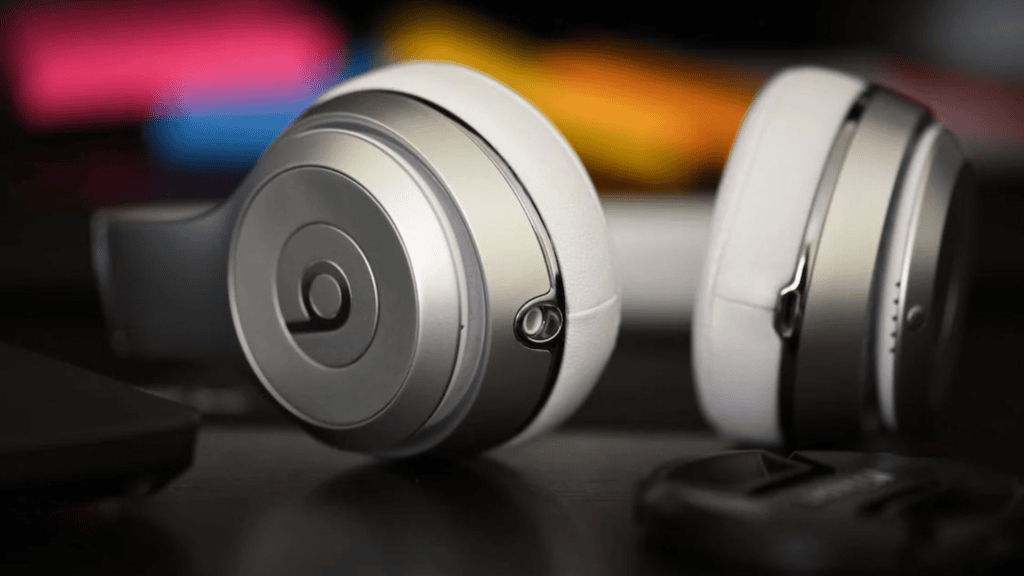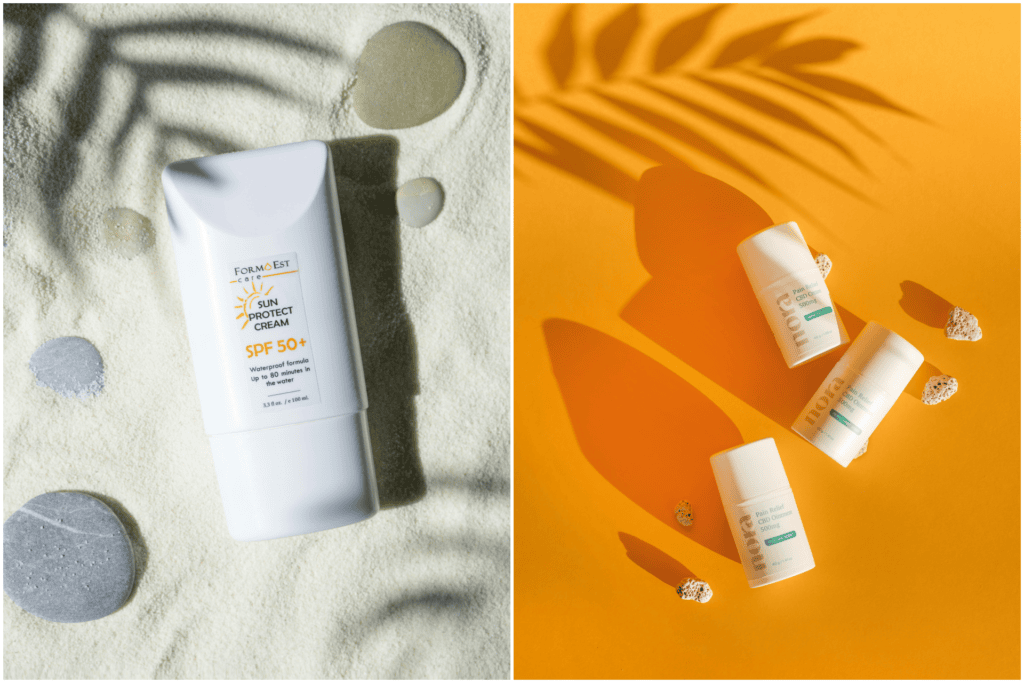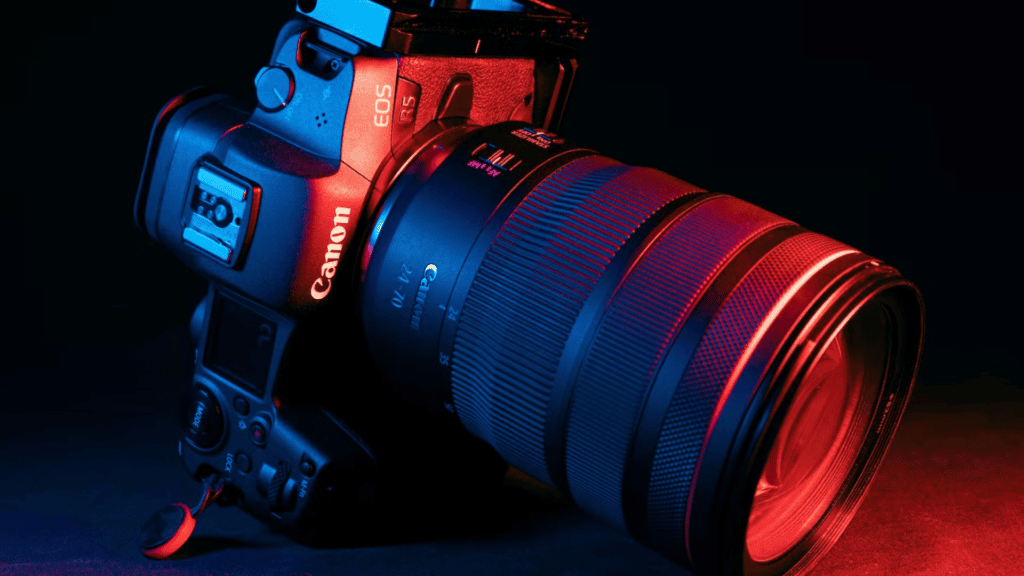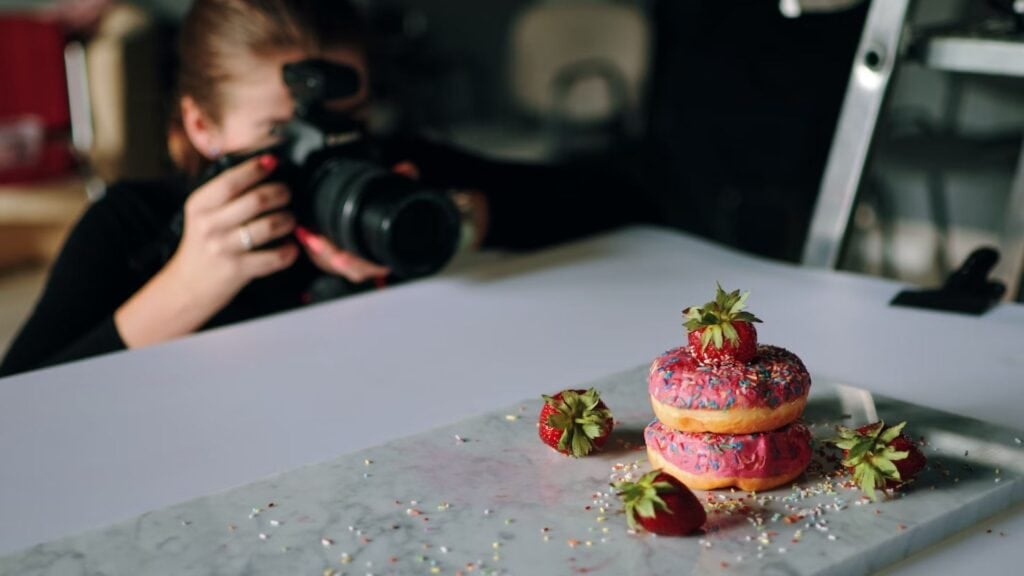Online shopping has one major hurdle: buyers can’t touch, feel, or try your products. They only have your product photos to go by. That makes your photos one of your most important sales tools. Case in point: 75% of shoppers make buying decisions based on product photos alone.
High-converting product photos do more than showcase your products; they sell the experience. They highlight details, evoke emotions, and make customers feel confident in their purchase.
The best part? You don’t necessarily need expensive equipment or flashy effects. From lighting and composition to context and storytelling, this article shows you how to create product photos that strike a chord with customers and turn browsers into buyers.
Why Are Good Product Photos Important?

Brick-and-mortar stores have one significant advantage over ecommerce stores: customers can physically see the product. That’s how they build buyer confidence. For ecommerce models, reviews, testimonials, and product photos are weapons. Here’s how they help:
Good Product Photos Make for Great First Impressions
Ecommerce competition is strong. If customers don’t like the product photos on your site, they can switch stores in seconds. First impressions are everything.
With that in mind, your product photos must be accurate, straightforward, and aesthetically pleasing. Done right, they inspire confidence about your products in customers.
Customers Get An Accurate Representation Of Your Product
Customers can’t touch the products they see on your website. However, detailed product photos allow customers an accurate representation of what to expect.
Ensure products are accurately represented in size, shape, color, and textural detail. Don’t add too many novelties when editing the product itself. Simplicity and accuracy are key.
Product Photos Tell a Story
Product photos can tell a story. They let customers contextualize why they want or need your products. Let’s say you sell sunscreen and moisturizers. Placing the products on a stunning or natural background like the sand makes customers feel: “I can use this the next time I go to the beach.”

They Maximize Engagement and Convert Potential Customers
Great product photos are engaging and persuasive. Using color, framing, or context helps create an emotional connection with customers. This level of engagement leads to increased trust and confidence, which is essential for customers to purchase.
They Reflect Your Brand Image
Your product photos directly represent your brand. Brands with professional, attractive, and engaging product photos build a positive impression on your customers.
How you present your products communicates your values, ensures a great first impression, and helps establish credibility with potential customers.
The better your product photos are, the better you stand out in saturated markets. Even if you’re using the same stock image, adding a background and editing can differentiate your product photos from the competition.
7 Fundamental Elements Of High-Converting Product Photos

Before knowing how to take high-converting product photos for your website, you should know the essential elements necessary to execute excellent product photography.
Photographer’s Skills and Experience
A product photographer’s skills and experience are the foundations of great product photos. Experienced photographers have a creative eye.
They understand lighting and composition deeply and know how to capture the details that make a product stand out. They can also advise styling your product to best suit your vision and brand image.
Lighting
Lighting can make or break the product shoot. It’s not just about where you place the light sources but also about playing with different tones and temperatures to bring out the beauty of a color palette—warm hues for cozy interiors and cool tones for simple minimalism.
Experimenting with lighting can make all the difference in turning an average photo into an eye-catching one that captures your customers’ attention and persuades them to buy.
Shoot Type and Concept
Crafting a shoot type and concept that complements your product is vital. Consider how each feature will be photographed. A size-proportion shot could work best if you’re selling something small, while a lifestyle shot might be more appropriate for larger items, showcasing their use.
You might use an urban environment filled with glass buildings and geometric shapes for a modern, sleek item. A more natural setting may be better if you sell something rustic or vintage.
Preparation and Planning
Without the right planning and attention to detail, your photoshoot can be costly and time-consuming. To avoid this issue, prepare a comprehensive list of everything needed for the day of your shoot. This includes props, equipment, models, and all rental items and equipment.
A storyboard is also essential in every photoshoot. It covers shot framing, camera angles, location, and how your models interact with your products.
The Right Equipment
Equipment is a must-have for product shoots. But don’t mistake quantity and expensive equipment for quality. You don’t need top-of-the-line gear to capture a great photo. Even a smartphone with a sharp resolution can do the job when paired with adequate lighting.
DSLR or mirrorless cameras are also excellent choices, as they offer more control over your settings. Selecting the correct lens also helps create stunning images that make an impact. Prime lenses, in particular, can help capture detailed shots with beautiful bokeh effects.
Background
The background has a significant impact on your product. It can add to the story your photos tell or can result in a distraction. The key is to use the right background for your product photo to enhance the product and draw attention to it.
Contrast is the most essential element when choosing your background. Your product shouldn’t blend in with the background—it should stand out. If you can’t create contrast with color, use textures and other elements to make your product pop.
Edit and Image Optimization
Editing and optimization are essential in every product photo you take. No matter how good the raw results are, editing is necessary to enhance key aspects of the photo.
Whether you adjust the color balance, crop, or use a background remover to clean up distractions, there’s always room for post-processing. Editing itself is an entirely complex discipline that requires as much practice as photography fundamentals like framing or composition.
You also need to consider the editing software. Tools like Lightroom provide a comprehensive set of tools for photo editing, but they can be hard to master. Editing software like Canva is easy to learn, but its features could be improved.
Best Tips for Taking Product Photos that Sell

Excellent product photos are essential to boosting engagement and sales. Ensure you’re making the most out of each product photo shoot with these tips and best practices:
Show the Product in Context
Taking product photos that sell starts with understanding the context of your product. By showing your product in context, you create an emotional connection with customers and present a story around it.
For example, if you’re selling sunglasses, a model wearing them at the beach adds a much more powerful visual than simply having the glasses on a plain background. Context helps to add narrative, evoke emotion, and create relevance.
Show All Necessary View Angles
Customers like to see different perspectives of the item they are interested in buying, and having multiple viewpoints helps them make an informed decision. Product images should showcase the qualities of a product from all sides as best as possible.
Common angles include front, back, side, and top views. Also, if the item has any unique features or details that should be highlighted, it is best to take an up-close shot of that area.
Highlight All the Features and Colors of Your Product
The various features of your product, including size, shape, design elements, and specific variations, are essential to provide the customer with complete and accurate information that can influence their buying decision.
Colors also carry a powerful emotional connection and can be a major factor in customers’ purchasing decisions. Some customers might prefer one color over the other. Providing options to choose color variations can lead to more conversions.
Mind the Photo Resolution
The overall quality of your image depends on several factors, but none is more important than the photo’s resolution. Higher resolution translates to a better-quality image with sharper details and colors.
This is especially true when your website provides zooming options so customers can examine a specific part of your product.
Lower-resolution images are pixelated. Customers won’t be able to view the product and its features clearly, leading to significantly lower conversion rates. Image upscaler tools can prevent these issues and improve the overall quality of your product photos.
Observe Consistency and Creativity
Striking the perfect balance between consistency and creativity is essential for your product to be recognizable and stand out.
Observing a consistent style across all your product photos creates trust among customers and ensures they know what to expect when shopping with you. A consistent style will also help shoppers quickly find the items they want.
At the same time, creativity is essential in product photography since even the most mundane everyday products can be made to look like works of art. Choosing unique concepts and exciting angles, incorporating props, and staging items in aesthetically pleasing ways are all great techniques for making your photos unique and eye-catching.
Staging Is Fundamental
Staging, or “mise en scène,” is the art of storytelling through a frame. It consists of everything you see in a single frame, including:
- Composition
- Actors/models
- Lighting
- Set
- Costumes
- Props
Staging is a fundamental aspect to consider when taking product photos. While there’s no one-size-fits-all for getting staging correct, planning and experimenting help you create photos that evoke emotional responses.
Lifestyle Photos Increase Conversions
Lifestyle photos show the product in action, being used by characters in real-life situations. This type of photo increases conversions because it helps customers see how the item fits into their lives. Seeing someone else enjoying the product gives potential customers a reason to buy it.

Let’s use the shoe brand Salomon as an example. Salomon presents its shoes as a hiking essential. The brand portrays the customers who buy its products as active, healthy, and living to the fullest.
Observe Image SEO
Image SEO refers to optimizing the images on your website for search engines, making them more likely to appear higher in a search result. You can do this by renaming your image files with targeted keywords, adding alt text to explain what’s in the image, and using image size optimization tools to reduce the file size so it can load quickly.
By optimizing your images for search engines, you can ensure they appear on the search engine so customers can view them before visiting your website, increasing your conversion rate potential.
What If Your Product Is Intangible?
If you’re selling a non-physical product, such as an online course, software, or consulting services, showcasing your product can be challenging. Luckily, there are still some creative ways to showcase what your business offers without relying on traditional product photos.
Use symbols and imagery to illustrate your product’s value and highlight the most essential features of your target audience. Illustrations, charts, and diagrams are all excellent ways to craft converting visuals for your intangible product.
You can also capture screenshots of your product in action. Showcase how the user will experience your product through screenshots with captions describing each feature.
Key Takeaways
You can apply all the best SEO practices to get customers to your website, but quality product photos are essential to ensure the customers buy from you.
To recap, here are the actionable tips and best practices for taking high-converting product photos for your website:
- Frame your products in a way that tells a story to provide customers with context
- Take photos from all angles so customers can get a 360-degree view of every detail
- Highlight product features that provide the most value to customers
- Leverage image upscaler tools to ensure product photos are in high resolution
- Apply image SEO best practices to improve your product photo’s visibility






